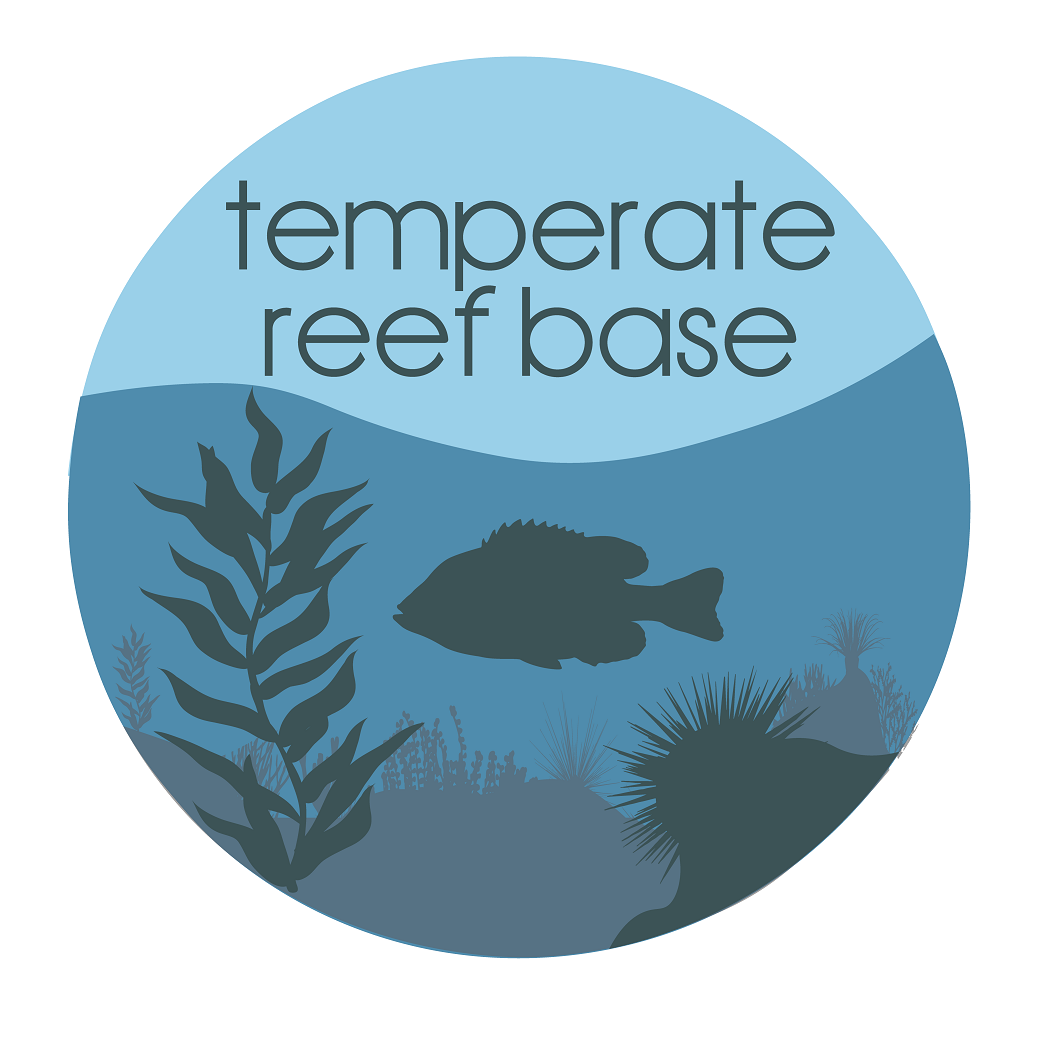University of Tasmania
Type of resources
Topics
Keywords
Contact for the resource
Provided by
Years
-
Bathymetric contours (5 m interval) for Tasmanian coastal waters from the LWM (Low water mark) to 40 metres in depth or 1.5 kms from shore (whichever boundary is first identified). Detailed bathymetric contours were developed to be used to fulfill coastal management objectives according to The Living Marine Resources Act 1995.
-
The SeaMap Tasmania project undertook mapping of seafloor habitats across the nearshore Tasmanian coastline (0-40 m) - the first state to compile a statewide asssimilated benthic habitat dataset. This initiative comprised of collating aerial photography (from archives), acoustic mapping, and conducting underwater video surveys and field-based visual observations. From this, 1:25,0000 scale habitat maps were created for shallow coastal water to within 1.5 km of the coastline (or 40m depth, which ever was arrived at first). Depth information was collected via acoustic methods and used to discriminate seafloor habitat type, in combination with scanned aerial photographs and towed video transects providing ground-truthing information. See 'Lineage' section of this record for full methodology and data dictionary. This data is also available via the Seamap Australia National Benthic Habitat Layer - a nationally consolidated benthic habitat map. https://metadata.imas.utas.edu.au/geonetwork/srv/eng/catalog.search#/metadata/4739e4b0-4dba-4ec5-b658-02c09f27ab9a
-
The SeaMap Tasmania project undertook mapping of seafloor habitats across the nearshore Tasmanian coastline (0-40 m) - the first state to compile a statewide asssimilated benthic habitat dataset. This initiative comprised of collating aerial photography (from archives), acoustic mapping, and conducting underwater video surveys and field-based visual observations. From this, 1:25,0000 scale habitat maps were created for shallow coastal water to within 1.5 km of the coastline (or 40 m depth, which ever was arrived at first). This record provided access to the raw video and associated annotations from video transects, which were subsequently used as validation (ground-truthing) for habitat mapping. A submersible digital video camera was deployed at selected locations around the Tasmanian coastline. These samples were used to verify the aerial photography and echo sounder substrate classification and obtain more detailed information on biological assemblages. Transects were undertaken from the LWM (Low water mark) to 80 metres in depth or 1.5 kms from shore. Positional information was recorded for each video drop as a series of DGPS coordinates and also as a direct overlay of the DGPS output (position, date and time) onto the video.
 TemperateReefBase Geonetwork Catalogue
TemperateReefBase Geonetwork Catalogue